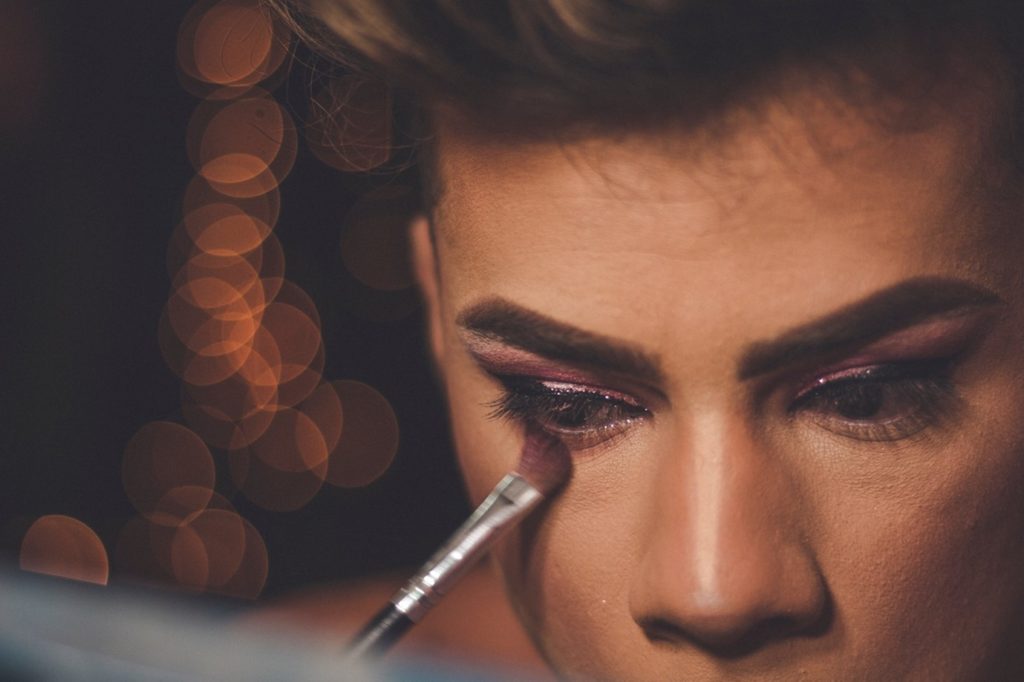
RuPaul’s Drag Race (RPDR) is a reality TV competition among drag queens hosted by RuPaul Andre Charles, an American drag queen, actor, supermodel, and songwriter. Produced by World of Wonder, the show premiered in February 2009 on Logo, a US cable TV channel geared towards LGBTQ+ audiences reaching around 50 million US households. The art of drag started with men dressed up like women performing in front of an audience. Aligned with the expansion of drag beyond traditional boundaries, in RPDR we can see men, but also women, gender non-conforming, queer and more perform in drag, embracing different codes of masculinity, femininity, and more. As such, RPDR carries the stigma of drag and the LGBTQ+ community, being associated with the transgression of societal norms around gender and sexual orientation, crossing the boundaries of the social constructions of masculinity, femininity, homosexuality, and heterosexuality.
From the initial niche debut, the show evolved and is now considered one of the most successful shows in television history, winning the Guinness World Records title in 2021 for the most Emmy wins for Outstanding Host for a Reality or Competition Program. This success became evident in September 2016, when RPDR moved to VH1, a TV channel with a broader target audience, reaching around 99 million US households. The show also became available on Netflix and other streaming services. Drag Race managed to move the world of drag from niche LGBTQ+ nightclubs into the living room of people worldwide, increasing access and exposure to drag’s stigma (Crookston 2021). In addition, drag queens ‘born’ from the show have progressively become cultural phenomena, working on makeup lines, having their own TV shows and fashion campaigns, and sponsoring mainstream brands such as Starbucks and McDonald’s. Despite its increased mainstream success, drag is still stigmatized, and drag queens of the show are often abused and attacked because of their social deviance.
Our Research
In this paper, ‘We’re All Born Naked and the Rest Is Drag’: Spectacularization of Core Stigma in RuPaul’s Drag Race, published in the Journal of Management Studies, we studied RPDR as a stigmatized organization that manages to reach mainstream success by making spectacles of drag and LGBTQ+ stigma. Understanding how this happens is important because research has traditionally described stigmatized organizations ‘coping’ with stigma or hiding the stigma to operate within the mainstream market. However, we claim that making spectacles of stigma can be a viable strategy for an organization to reach mainstream success. Furthermore, by showcasing drag and LGBTQ+-related stigma, the organization can enhance the well-being of stigmatized individuals, improving market representation and inclusion within society.
We watched all episodes of the show, documentaries, online videos, and interviews and produced fieldnotes. Furthermore, we collected data from a range of online sources between 2009 and 2020, including around 1,000,000 tweets, about 1,200 articles from major newspapers and magazines worldwide, and about 300 documents of user-generated content (e.g. such as online glossaries of drag queen lingo used, blogs, social media comments on Facebook, Instagram, and YouTube, and more).
The Spectacularization of Stigma
In our analysis, we find three mechanisms of spectacularization of stigma, which normalize the stigma associated with drag.
- Reiteration of Transgressions happens when the show continuously repeats the transgressions associated with stigma. For instance, the show constantly showcases the contestants’ transformation from men into glamorous women. RPDR shows how they apply make-up and how they shape their body. By doing this, RuPaul’s Drag Race normalizes the practices that are usually associated with the transgression of societal rules around gender.
- Awakening of Social Consciousness happens when the show normalizes the stigma by expanding the discussion around the deep-rooted struggles experienced by drag queens. For instance, drag queens explain how their families have outcasted them once they discovered that they were gay and/or doing drag.
- Language Modeling happens when the show normalizes the language associated with stigma, by making it more appealing to mainstream audiences. For instance, the show continuously uses drag queen lingo, which is picked up by its viewers on social media. As a matter of fact, Vulture has defined drag lingo “as the new lingua franca of the internet”.
Viewers (both LGBTQ+ and non) embrace these mechanisms in different ways. On the one hand, they support drag queens and the show; on the other hand, they might also stigmatize queens and some decisions of the show. For instance, drag queens of color always receive a harsher treatment online by the fandom. Still, by creating multiple reactions around stigma and continuously making a spectacle of it, despite the negative backlashes, the show manages to develop visibility for the individuals who are marginalized and constantly addresses the stigma existing within society.
Giving Voice to Stigmatized Individuals
These findings are significant because we show that stigmatization and normalization of stigma are processes continuously unfolding within society. They are not finished products, and organizations can work to make stigma visible through their communications and marketing activities to elicit stigma acceptance. Overall, with this research, we hope to make organizations aware that they can have a pivotal role in giving voice to individuals who are traditionally stigmatized and marginalized within society.
References
Crookston, C. (2021). Cultural impact of RuPauls Drag Race: why are we all gagging? Chicago: Intellect Ltd.

0 Comments